Articles by Kenneth Marcella, DVM

Wrmblood horses have proliferated dramatically in the last several years in North America. Increases in importation and breeding numbers have led to this surge in popularity. These Hanoverians, Holsteiners, Trakehners, Oldenbergs, Selle Francais, Dutch Warmbloods, Swedish Warmbloods, Irish crossbreeds and others are being used with increasing regularity in the dressage and jumper rings where their size, power and agility is sought and admired.

Stifle injuries should be treated like tendon or ligament injuries in other areas of the horse.
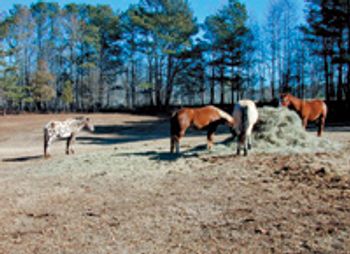
Private equine practice is largely a matter of lameness, reproductive issues, trauma care and preventive medicine. There are occasions, however, when behavior problems directly affect medical care, and veterinarians must be able to address these issues to deliver appropriate treatment.
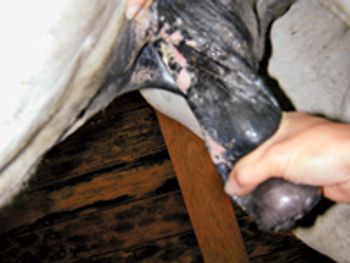
Much of the focus and effort put forth on breeding farms this spring will center on mares and the various reproductive problems that they experience. Stallions are often given minimal attention other than bacterial cultures and examination of early season ejaculates unless there are unusually high numbers of return "open" mares or evidence of serious problems.
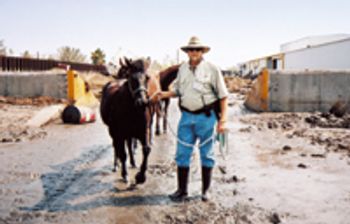
Horses regularly get into dangerous situations in the most unusual and mundane places.
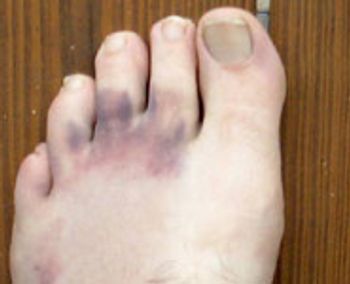
Donkeys and mules receive special note as they are responsible for many of the injuries to genitalia.
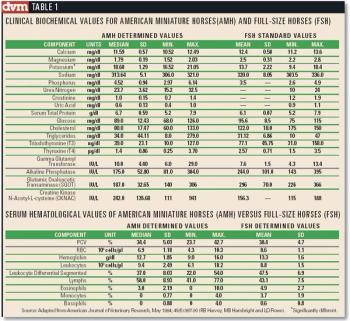
Reproduction is the area where mini owners are most likely to need veterinary assistance.

Evaluating synovial structures and tendon sheathes requires infusion of sterile saline solution at a point far away from the trauma.

Wounds to the body of the horse can be very large and may initially seem quite severe. Because of the natural tendencies of this prey animal to run from possible danger first and to be concerned about the consequences later, many body injuries result from collisions with trees, fences, wire or other environmental hazards. The horse often is moving quickly when this trauma occurs, and the wounds produced are sometimes superficial and extensive, and they also can be more limited in location but very deep. These deep wounds have the potential to penetrate the abdomen or the chest, and either scenario is a medical emergency.
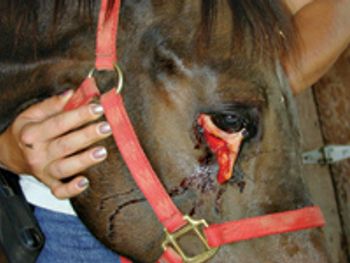
Antibiotic therapy and occasionally flushing of the sinuses will reduce the potential for post-surgical complications.

It will be the equine veterinarian's job to introduce clients to new feeding concepts and to help them deal with the confusion that new choices will create.
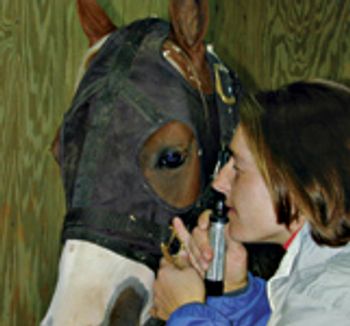
New diagnostics and more-sensitive testing has complicated equine insurance further.
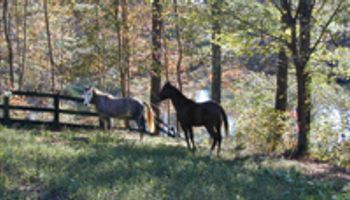
The fact that the disease presents in a slightly different way in vaccinated horses makes clinical diagnosis even harder for veterinarians.

Though aging is the most-common cause of testicular degeneration, it also can be caused by higher heat in the testicles, adverse drug reactions or exposure to toxins and chemicals.

Any time a horse dies, other horses that might have been close to the deceased horse should be allowed to spend time near it.

What is your number? We all have numbers that are important to us as individuals-our social security number, our telephone number, maybe even our bed's sleep number. But there should be another number that is important to you, too, and that is an AQI number. The Air Quality Index (AQI) is a means of reporting daily air quality, and it is a measure of how clean or polluted air in a specific location is. The AQI number directly relates to the possible health and environmental effects of air, as well as the calculated health risks within a few hours to days after breathing it.
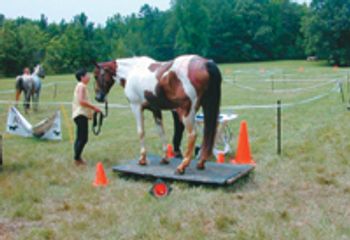
As we move into the heart of the show season, temperatures and humidity in many parts of the country are on the rise. Replacement of fluid and electrolyte losses in the exercising horse becomes critical ...

For some practices that future may be now and the switch to this new system will allow you to take better images, provide a better service to your clients and make a profit.
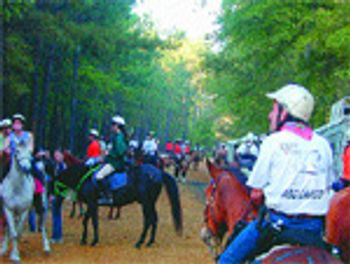
If there is any truth to the idea that after a while owners start to look like their pets, then many horsemen and women need to go on a diet.

Horses have a higher incidence of ovarian tumors than do any other domestic animal.

It has probably happened in your practice. You get a panicked call from a client who found their horse out in the pasture unwilling to walk and with a nail sticking into the foot.
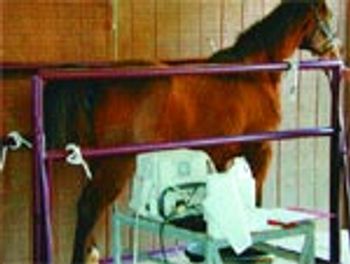
This is an appropriate time of the year to be thinking about leftovers.

There is something about the smell of a burnt barn that you will never forget, and something about that smell and the sight of smoldering hopes, dreams and horses that should never be forgotten.
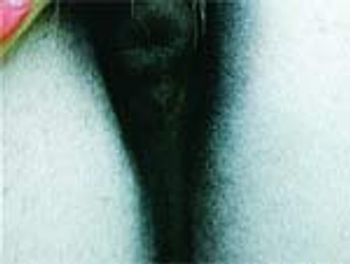
Rena's owners weren't exactly sure what they had purchased. They thought that they had bought a mare and she seemed to show some weak cyclical estrous behavior.

Pastures that were dry and thin last year are now lush and green, thanks to a generally wet spring this year.
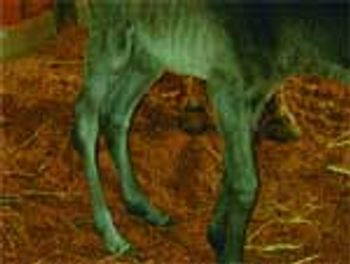
Tendon contracture and laxity in foals is not an uncommon problem and one that most equine practitioners routinely deal with just about every foaling season.
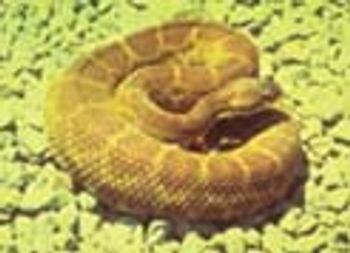
Most people have a strong opinion about snakes-and it is usually bad.

The weather is slowly getting warmer and that means that two of an equine veterinarian's busiest seasons are soon to be here - breeding and showing. Unfortunately these two activities do not go together well for some mares.

Seven of your clients' horses are being fed the same grain diet, being pastured on the same grass field and being exercised the same way. Yet only one of them experiences an episode of laminitis. Why?

Keeping stock tanks clean remains one important step in prevention


























